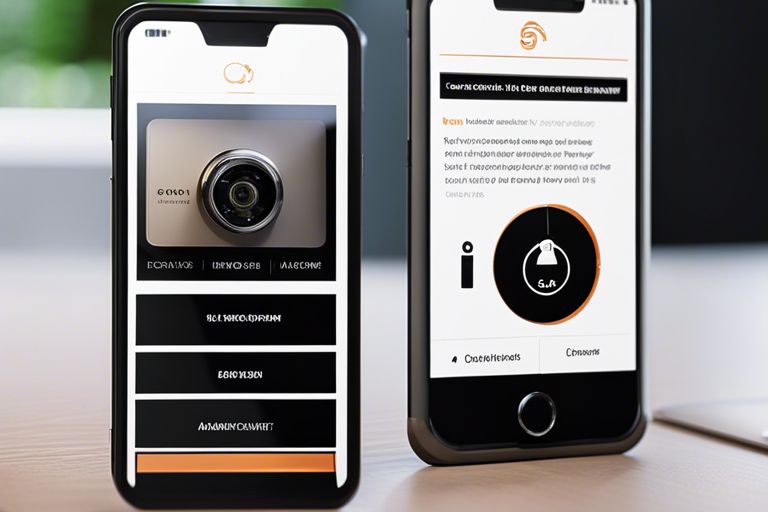In today’s digital age, mobile security is of utmost importance. With sensitive information stored on our smartphones, protecting our devices from unauthorized access is crucial. One of the most effective ways to enhance mobile security is using biometrics.
Biometrics refers to an individual’s unique physical or behavioural characteristics that can be used for identification or authentication purposes. With technological advancements, our smartphones now come equipped with biometric sensors, such as fingerprint scanners and facial recognition systems, that can provide an additional layer of security.
So, how can you use biometrics for mobile security? Let’s explore some simple steps:
Step 1: Enable Biometric Authentication
The first step is to enable biometric authentication on your mobile device. Go to the settings menu and find the biometric options. You will most likely find options like fingerprint or face recognition. Please choose the option that suits you best and follow the instructions to set it up.
Step 2: Register Your Biometric Data
Once you have enabled biometric authentication, the next step is to register your biometric data. You will be prompted to repeatedly place your finger on the sensor to capture different angles and positions for fingerprint recognition. Similarly, you will be asked to position your face within the frame to capture various facial features for facial recognition.
Step 3: Test the Biometric Authentication
After registering your biometric data, it is essential to test the biometric authentication to ensure its accuracy and reliability. Lock your device and try unlocking it using your registered biometric data. If the authentication is successful, you can proceed to the next step.
Step 4: Set Up Additional Security Measures
While biometric authentication provides a high level of security, it is always recommended to have additional security measures in place. Set up a strong passcode or PIN as a backup option in case the biometric authentication fails or as an extra layer of security.
Step 5: Keep Your Biometric Data Secure
It is crucial to keep your biometric data secure to maintain the integrity of your mobile security. Avoid sharing your biometric data with anyone, and be cautious while using it for third-party applications. Regularly update your device’s software to ensure any security vulnerabilities are patched.
By following these simple steps, you can effectively use biometrics for mobile security. Biometric authentication provides a convenient and secure way to protect your smartphone and its sensitive information. Embrace the power of biometrics and enhance your mobile security today!






